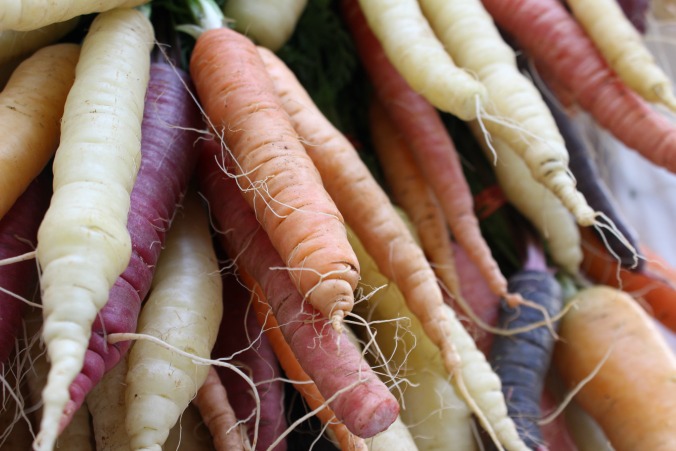 Plant colorful carrot seeds now and harvest amazing tasting carrots this fall! You won’t believe how sweet they are compared to any other carrot you’ve ever tried. Look for colorful carrot seeds from Renee’s Garden or Botanical Interests.
Plant colorful carrot seeds now and harvest amazing tasting carrots this fall! You won’t believe how sweet they are compared to any other carrot you’ve ever tried. Look for colorful carrot seeds from Renee’s Garden or Botanical Interests.
Colorful Carrot Varieties
When you shop for seeds, you’ll see there are so many different colorful carrots in various sizes. Read the “days to maturity” dates on the package and note that carrots can take between 50 to 80 days to grow.
When to Plant
To plant, count backwards from the date you want your colorful carrots to be ready. (Make sure it’s before the first freeze date in your area). In USDA Zone 9, I planted in early August and harvested in November. I waited until after the first freeze which turned the carrots super sweet!
You can also plant in fall but the carrots may not be ready until spring and won’t be as sweet. But they’re still be good for you and full of vitamins, nutrients and fiber.
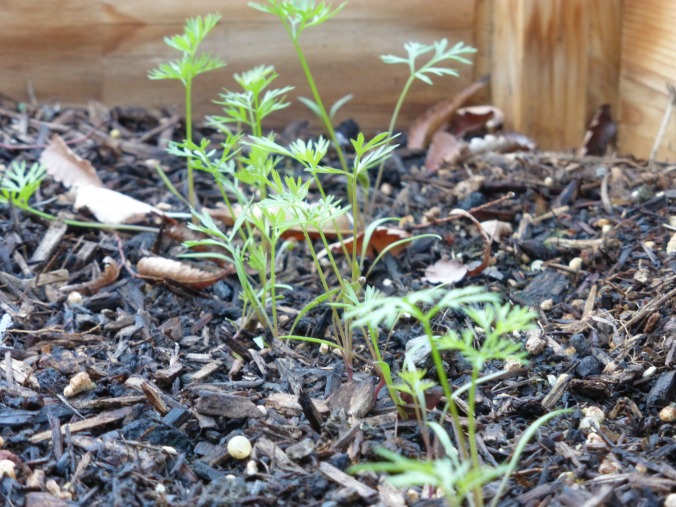
Prepare the Soil!
Colorful carrots need fluffy, loose soil full that’s full of compost. Carrots grown in rocky or cloddy soil may turn out knobby and twisted. Add 6″ of compost and mix into the soil with a shovel or rototiller before you plant.
Planting Seeds-READ THIS!
If your carrot seeds haven’t germinated in the past, maybe you buried them too deeply. The poor seeds sprouted but didn’t make it to see the light of day (moment of silence). Here are easy instructions for success:
1-Use your index finger to “draw” a row as long as you want 1/8″ deep.
2-Space rows 10″ apart.
3-Lightly sprinkle colorful carrot seeds in the row.
4-Take a handful of soil and sprinkle it LIGHTLY over the seeds to barely cover them.
5-Water gently and soak the area you planted.
6-Place pieces of cardboard or burlap over the top of the newly planted carrots.
Keep Soil Moist.
The cardboard will keep seeds moist as they germinate which can take 7-21 days. After a week, check under the cardboard daily. Once the seeds sprout, remove the cardboard and continue to keep soil moist.
Think Thin!
Thinning is the hardest task for gardeners. However, if you don’t thin, the carrots will crowd each other out and become stunted. The package will tell you how far apart to thin. Do this about 2 weeks after the seeds germinate.
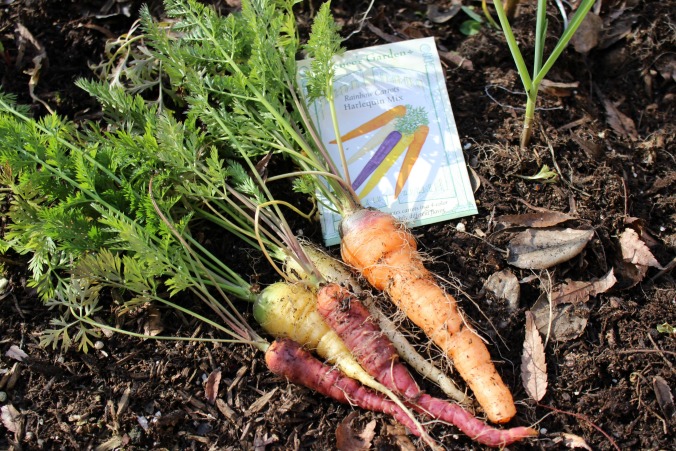
Care
Weeds compete with seedlings for water, nutrients and light. Pull out weeds when they appear. If you wait too long, weeds may get entangled with the carrots and both may be accidentally pulled out too early. If this happens, you can still eat the carrot. 🙂
Harvest
When carrots are ready in fall, you can harvest at your leisure. If needed, carrots can stay in the ground until January. Not so for carrots planted in spring, which should be harvested before the plants “bolt” (make seeds.) Carrots left in the ground too long turn tough and bitter (but you can still use them in soup).
Keep in mind that beneficial insects enjoy carrot flowers, so you can let them go to seed the following year. Carrot flowers also make an excellent addition to any bouquet.
Saving Seeds
To save your own carrot seeds, choose seeds labeled “heirloom.” After harvest, leave some carrots allow them to go to seed. Once the flowers turn brown and dry, cut and place them in a brown paper bag. Label the bag with the name of the variety and the year. Once the seeds have dried, shake the bag and remove any extra plant material. Keep the bag in a cool, dry place. Carrot seeds are viable for for 2-3 years.
Origins of Colorful Carrots
Carrots are originally from Persia (Iran & Afghanistan). They came in a multitude of colors such as red, orange, purple, yellow, white and even green.
Orange carrots were made popular by the Dutch. Hundreds of years ago, William of Orange decided all carrots should be orange, and made the orange carrot his mascot. After that, other colors were less commonly seen.
Carrot Trivia
“Baby” carrots have a fascinating origin. A California vegetable farmer named Mike Yurosek hated seeing “imperfect” carrots go to waste (approx 400 tons daily in 1985). He used an industrial green bean cutter to cut the carrots into 2″ pieces, then used a potato peeler to create the baby carrot shape. The result? America fell in love with baby carrots.
Watch this neat baby carrot video to see how they are made.
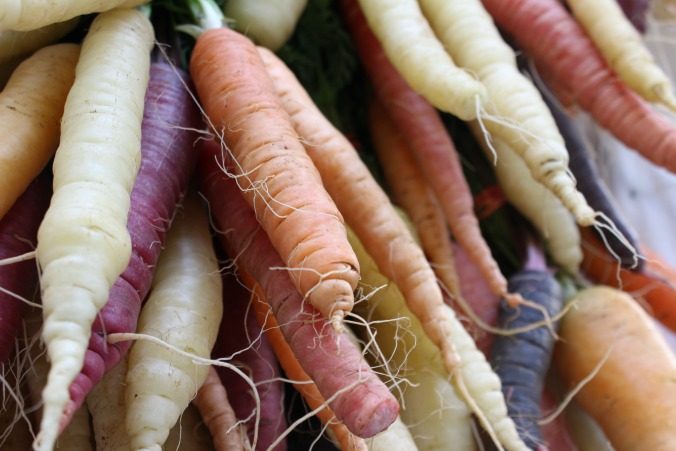


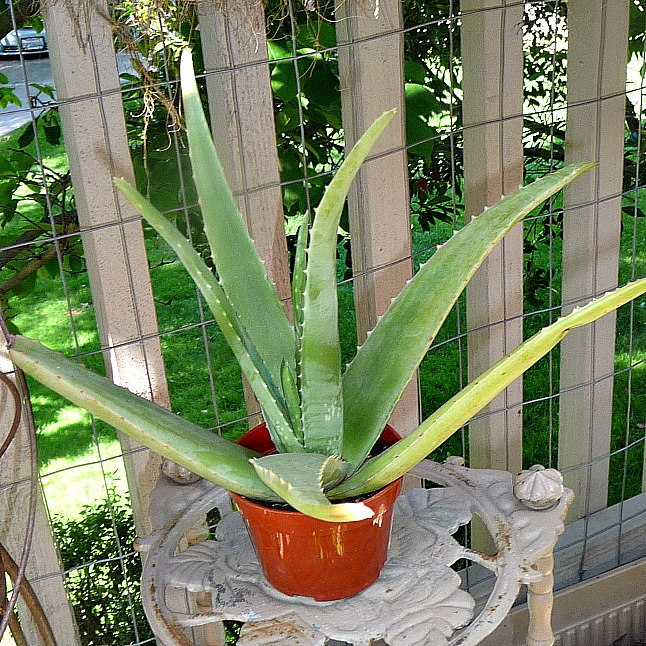

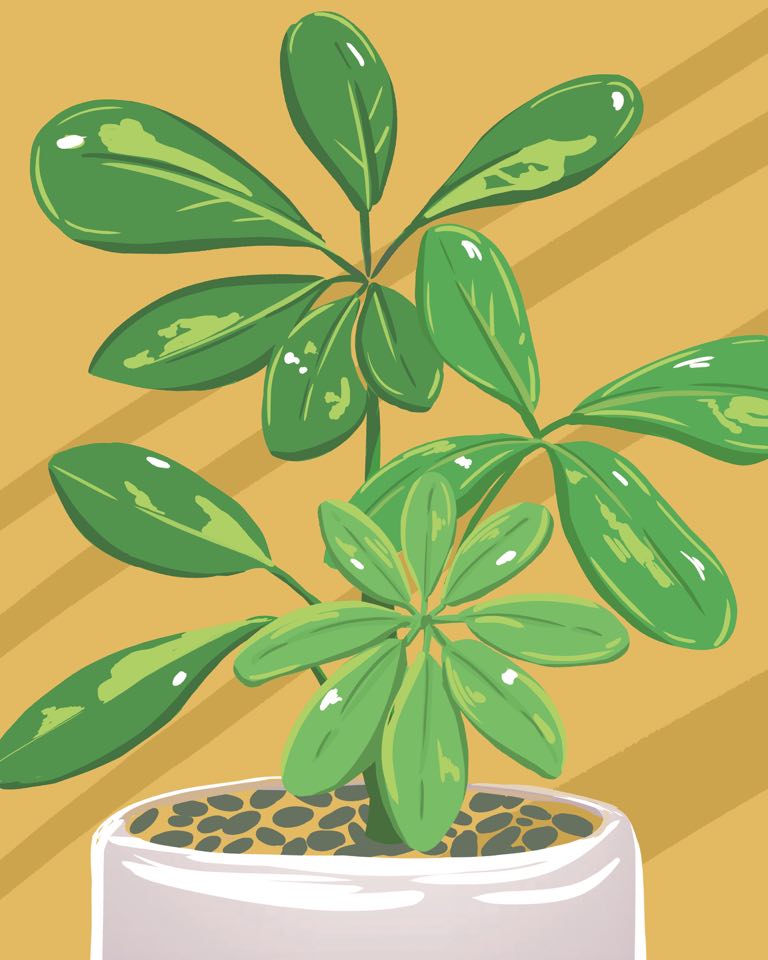
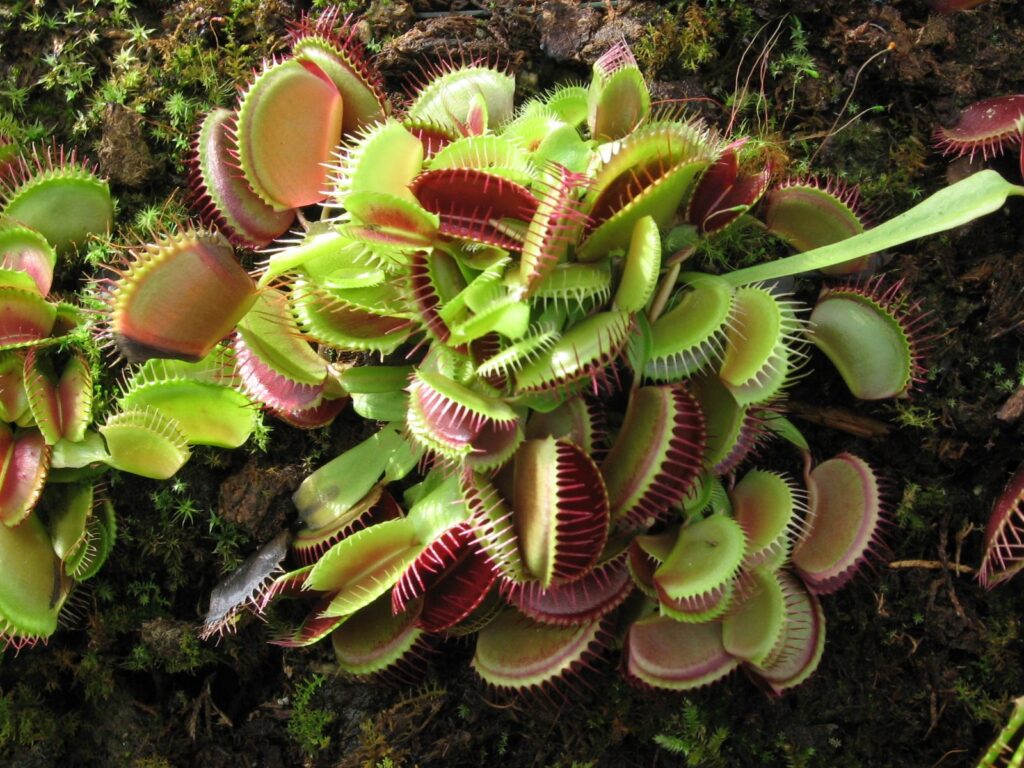
Leave a Reply